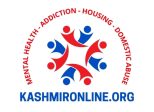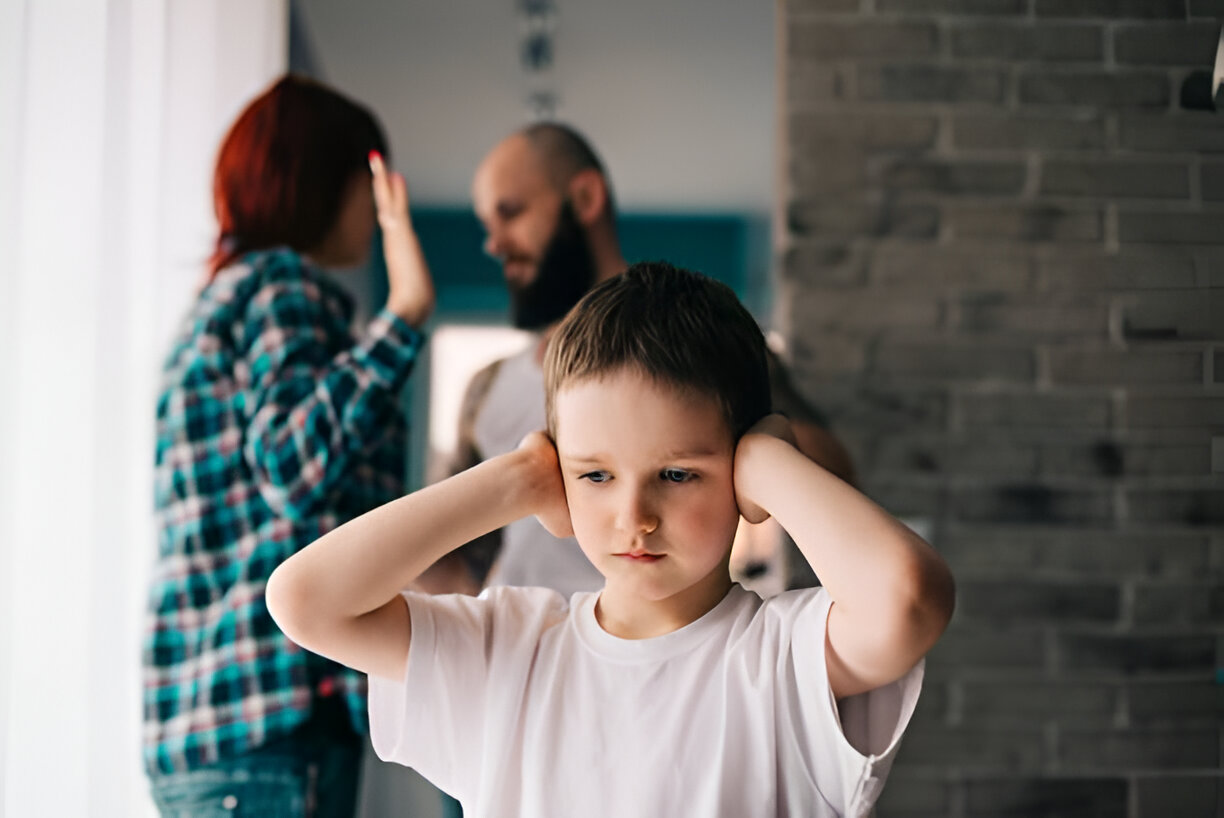Understanding Domestic Violence: Breaking the Silence and Seeking Change
Domestic violence is a pervasive issue that affects individuals, families, and communities around the world. Despite its widespread impact, many cases of domestic violence go unreported, often because of fear, stigma, or lack of resources. It’s essential to shine a light on this issue, promote awareness, and encourage action to break the cycle of abuse.
What is Domestic Violence?
Domestic violence refers to abusive behavior in a relationship where one person seeks to control or dominate another. It can take many forms, including physical, emotional, psychological, financial, and sexual abuse. Domestic violence can happen to anyone, regardless of gender, age, race, or socioeconomic status.
Forms of Domestic Violence:
- Physical Abuse: Hitting, slapping, kicking, or any use of physical force.
- Emotional Abuse: Verbal attacks, threats, constant criticism, and manipulation aimed at eroding self-esteem.
- Psychological Abuse: Gaslighting, intimidation, and isolation, often leaving the victim in a state of confusion or fear.
- Sexual Abuse: Coercing or forcing someone into unwanted sexual activities.
- Financial Abuse: Controlling a person’s access to financial resources, making them dependent on the abuser.
The Impact of Domestic Violence
The effects of domestic violence extend far beyond physical injuries. The emotional and psychological toll can be long-lasting, leaving victims with deep emotional scars. Survivors may suffer from anxiety, depression, post-traumatic stress disorder (PTSD), and other mental health challenges. Additionally, domestic violence often disrupts social support systems, isolates victims, and, in many cases, affects children who may witness or experience the abuse.
Consequences of Domestic Violence Include:
- Health Problems: Injuries, chronic pain, and a higher risk of long-term illnesses such as heart disease and hypertension.
- Emotional and Mental Health Issues: Depression, anxiety, and PTSD are common in survivors of domestic violence.
- Impact on Children: Children exposed to domestic violence are more likely to develop emotional and behavioral issues and may even perpetuate the cycle of abuse in their adult lives.
Breaking the Cycle of Abuse
Leaving an abusive relationship is often easier said than done. Many victims feel trapped due to fear, financial dependence, or a lack of support. However, there are steps that can be taken to break free from the cycle of abuse:
- Recognize the Signs: Understanding that you’re in an abusive situation is the first step toward seeking help. If your partner is controlling, manipulative, or violent, it’s critical to acknowledge the reality of the situation.
- Reach Out for Support: Contacting friends, family, or a trusted individual can be a lifeline. If you feel unsafe, there are numerous domestic violence helplines and organizations that provide support, shelter, and guidance.
- Create a Safety Plan: For those planning to leave, it’s crucial to have a safety plan in place. This includes identifying safe places to go, gathering important documents, and saving emergency funds if possible.
- Seek Professional Help: Counsellors, therapists, and support groups can provide emotional support and strategies for healing after leaving an abusive relationship.
How to Support Someone Experiencing Domestic Violence
If you suspect that someone you know is a victim of domestic violence, it’s important to offer support without judgment. Here are a few ways to help:
- Listen: Give them space to share their experience without pressuring them to take action immediately. Often, victims need to be heard before they can make decisions.
- Offer Resources: Provide information about local shelters, hotlines, or organizations that offer help.
- Avoid Blame: Don’t criticize or blame the victim for staying in the relationship. Understand that leaving an abusive situation is difficult and often dangerous.
Breaking the Stigma
One of the greatest barriers to addressing domestic violence is the stigma that surrounds it. Many victims feel shame or fear judgment, which keeps them silent. By promoting open discussions about domestic violence and educating others about its complexities, we can create a society where victims feel safe coming forward and seeking help.
Conclusion
Domestic violence is a deeply entrenched issue, but it is not insurmountable. By raising awareness, providing support, and encouraging action, we can help break the cycle of abuse. If you or someone you know is experiencing domestic violence, remember that you are not alone. Help is available, and together, we can work toward a future where everyone feels safe in their own homes.



